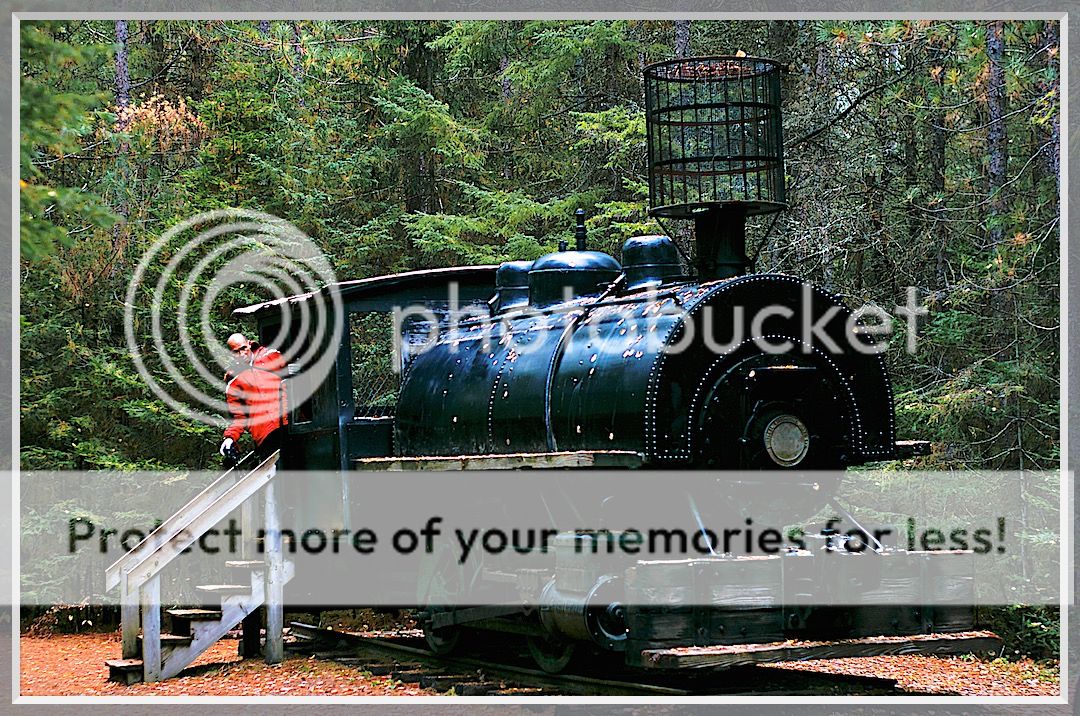 Originally posted by gaweidert
Originally posted by gaweidert 
Well the Old Erie Canal was rebuilt in the early 1900's as the New York Stat Barge Canal. It is still in operation today but with very little commercial and some recreational traffic. A few years ago the state renamed it the Erie Canal again. The state constitution decrees that the canal is to be maintained and operated in perpetuity. What this means is that everybody who pays for electricity in NY has a surcharge to cover the operating costs of the canal. Before that recent surcharge, the money came from tolls on the New York State Thruway. As near as I can tell, about 10 boats a year use it.
From the earliest days, the US saw the need for an economic way of carrying freight and people from the Northeast to what was then known as the "Northwest Territory"
In the 19th century, New York built the
Erie Canal from the Hudson River to Lake Erie, and today we read about it in history books. Pennsylvania tried to build the
Allegheny Portage Railroad, which carried barges up and down ramps built into mountain slopes; my wife and I saw the remains of one of those ramps while traveling through there on our honeymoon, but I don't remember whether they moved very much or for how long. Early in the 20th century, the
New York Central Railroad ran along the same general route followed by the
Erie Canal while Pennsylvania built the
Pennsylvania Railroad, which was known for various exotica such as
Horseshoe Curve. In mid 20th century, Pennsylvania turned a failed second railroad into the
Pennsylvania Turnpike and New York built the
New York Thruway. I think future historians will say that New York's "water level route" was more successful than the more direct, but mountainous, route through Pennsylvania, and that had a major role in NYC growing so much more than Philadelphia did.


 Similar Threads
Similar Threads 























